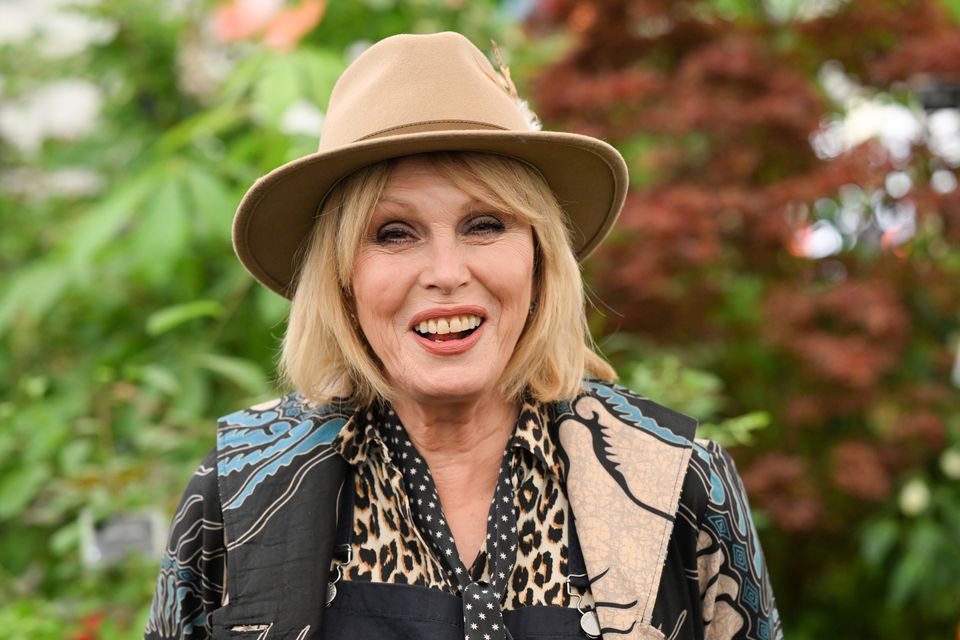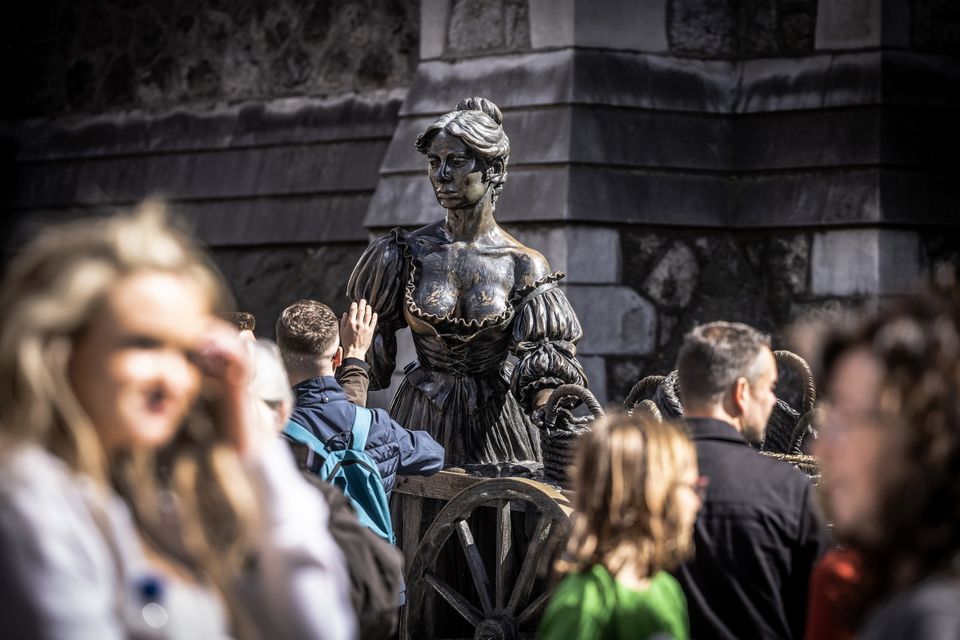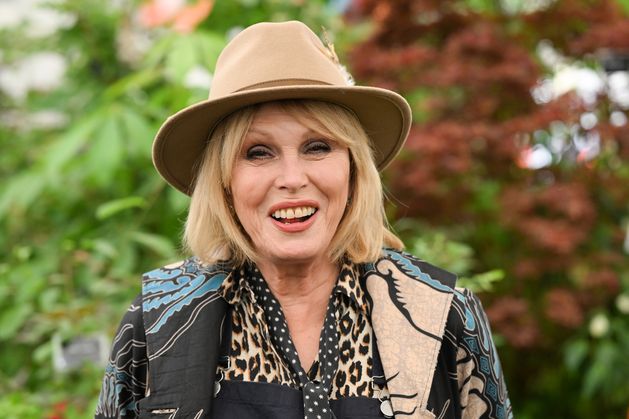
Joanna Lumley has said she “wouldn’t mind” undergoing assisted dying if she reached a “miserable” state
British actor Joanna Lumley has criticised the appearance of the iconic Molly Malone statue in Dublin due to what she sees as a misrepresentation of the famous character in Irish folklore.
Ms Lumley is most known for her portrayal of the renegade Patsy Stone in BBC sitcom Absolutely Fabulous between 1992 and 2012.
She made the claims while promoting season 2 of hit Netflix series Wednesday, which was filmed entirely in Ireland and stars American actor Jenna Ortega as the protagonist.
The statue, located beside St Andrew’s Church on Dublin’s Suffolk Street, was erected 37 years ago and is an ode to a fabled young local woman named Molly Malone who wandered the city with her wheelbarrow selling cockles.

The Molly Malone statue on Suffolk Street in Dublin. Pic: David Conachy
She was made famous by the ballad Sweet Molly Malone, written in the late nineteenth century.
However, Ms Lumley was not quite drawn in by the charming folklore tale surrounding the young Dublin woman affectionately known by locals as “The Dolly with the Trolley” and “The Flirt win the Skirt”.
“Do you know why it is all wrong? If you listen to the song, she was a little beautiful, but thin, undernourished ill Irish girl who was a fishmonger’s daughter and she pushed her little wheelbarrow and she got really ill and she died of a fever,” she told TodayFM.
“What is this brazen hussy doing with her dress all down to here and the big tits out? The statue is wrong.
“Get the statue changed!”
The statue has been at the centre of frequent criticism in recent years as tourists are seen regularly seen posing for photos while groping her breasts.
Stewards were put in place by Dublin City Council (DCC) for a one-week pilot scheme in May to stop people from performing the lewd act.

Joanna Lumley has said she “wouldn’t mind” undergoing assisted dying if she reached a “miserable” state
Should we leave Molly Malone alone?
Some DCC councillors had suggested building flower beds around the statue as an alternative method of preventing people from touching her.
